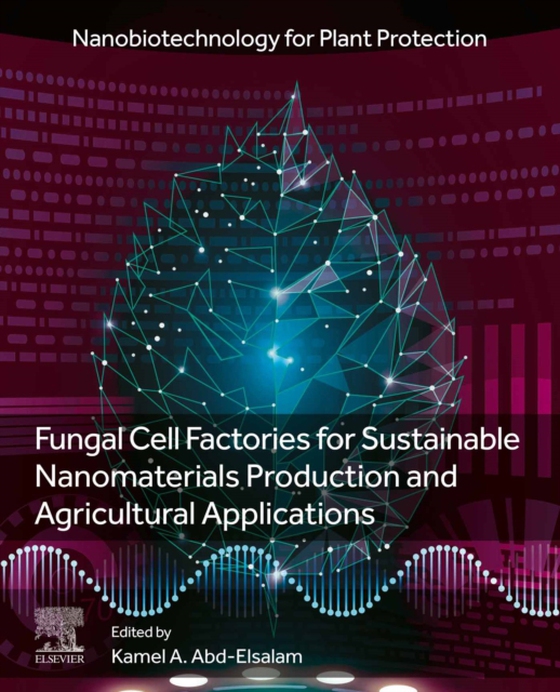
Fungal Cell Factories for Sustainable Nanomaterials Productions and Agricultural Applications e-bog
2921,57 DKK
(inkl. moms 3651,96 DKK)
Fungal Cell Factories for Sustainable Nanomaterials Productions and Agricultural Applications explores the mycogenic synthesis of many metal nanoparticles, including processing processes, environmental protection, and future perspectives. Nanomaterials, including silver, gold, palladium, copper, zinc, selenium, titanium dioxide, metal sulphide, cellulose, have been formed by major fungal genes,...
E-bog
2921,57 DKK
Forlag
Elsevier
Udgivet
26 oktober 2022
Længde
822 sider
Genrer
Agriculture and farming
Sprog
English
Format
pdf
Beskyttelse
LCP
ISBN
9780323985505
Fungal Cell Factories for Sustainable Nanomaterials Productions and Agricultural Applications explores the mycogenic synthesis of many metal nanoparticles, including processing processes, environmental protection, and future perspectives. Nanomaterials, including silver, gold, palladium, copper, zinc, selenium, titanium dioxide, metal sulphide, cellulose, have been formed by major fungal genes, such as mushrooms, Fusarium, Trichoderma, endophytic fungi, and yeast, in addition to lichens. Understanding the exact process involved in the synthesis of nanoparticles and the effects of various factors on the reduction of metal ions can help to improve low-cost strategies for the synthesis and extraction of nanoparticles. Other sections focus on a new framework for the production of nano-antimicrobial, the use of myconanoparticles against plant diseases, post-harvest antibiotics, mycotoxin control and plant pests in addition to certain animal pathogens. Myconanomaterials are well developed with great potential and promise for advanced diagnostics, biosensors, precision farming and targeted smart delivery systems. Assesses the impact of a variety of copper-based nanostructures on agri-food sectors, addressing the most relevant knowledge gaps Explores the opportunities that myconanotechnology can provide for industrial applications Explains the major challenges of applying myconanotechnology at an industrial scale
 Dansk
Dansk

